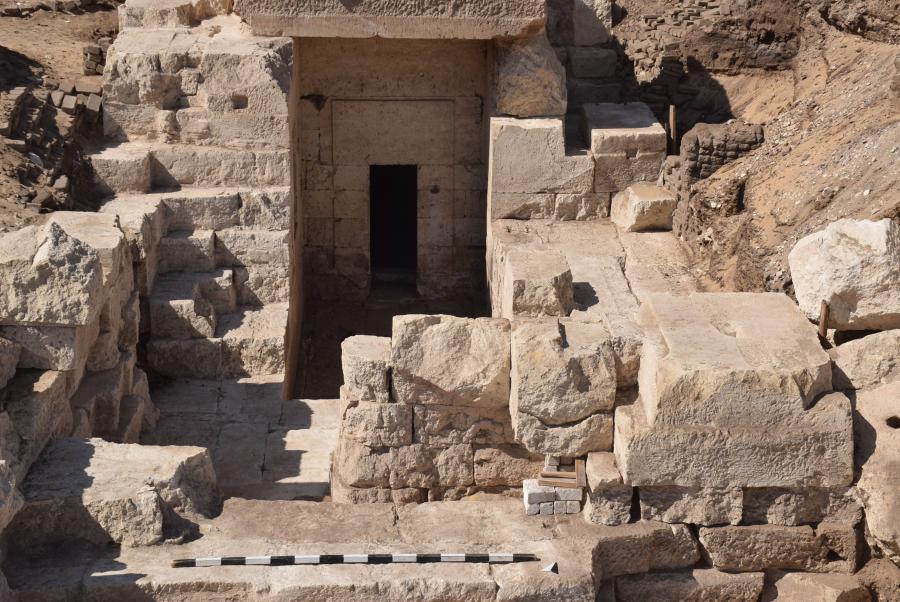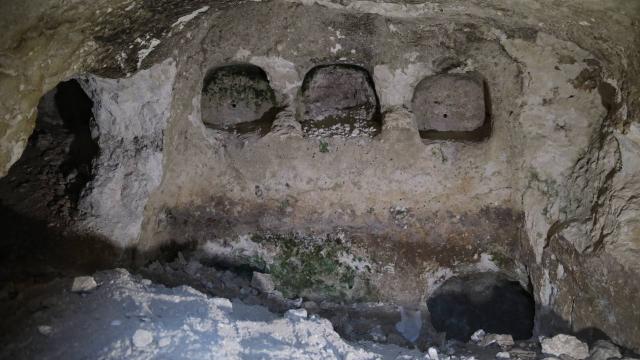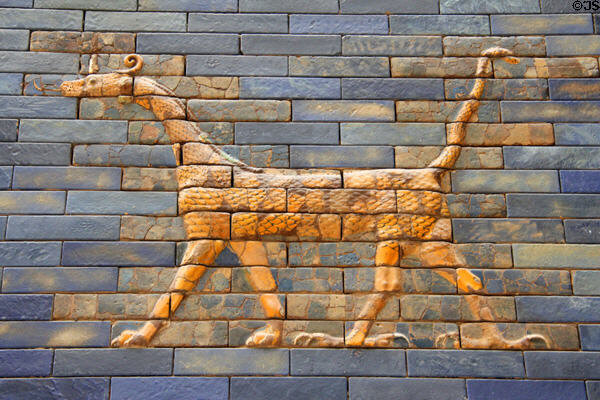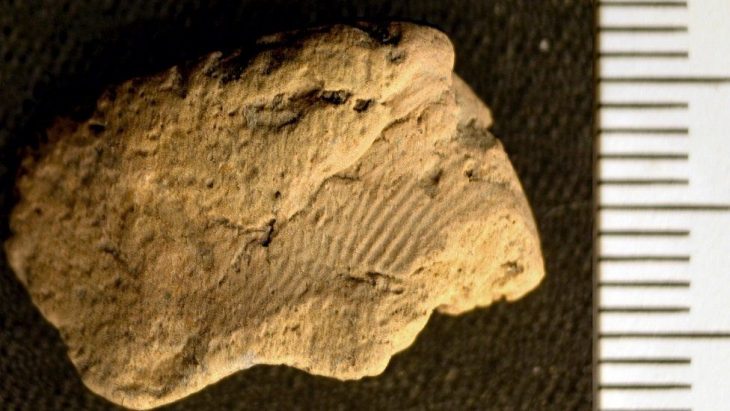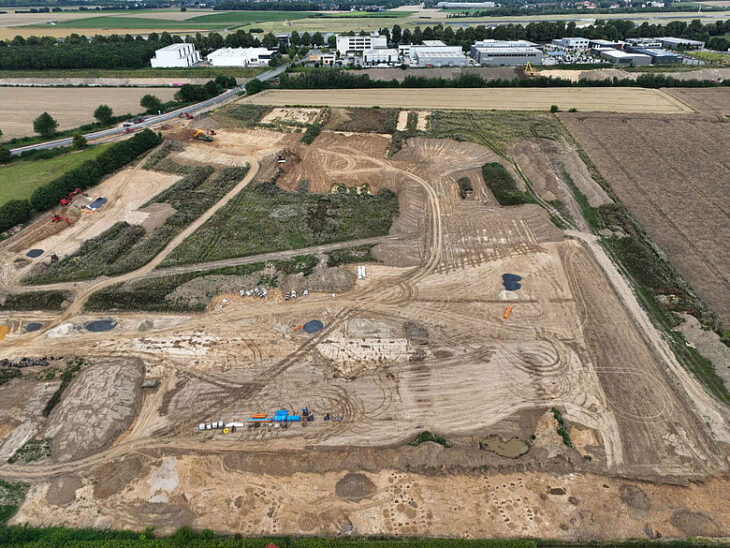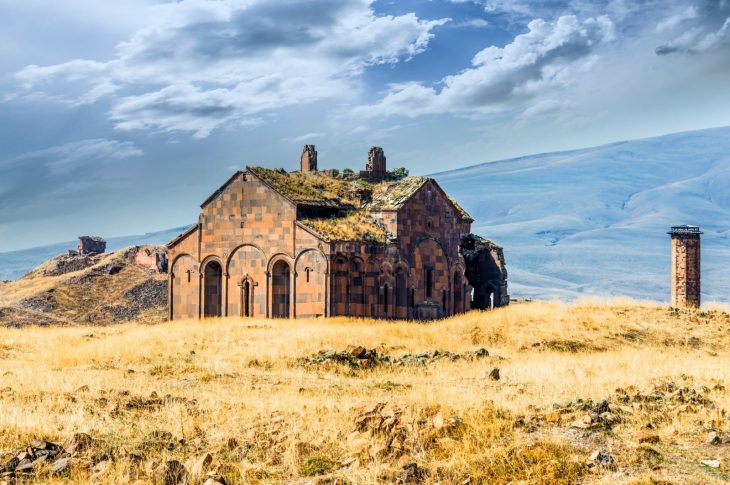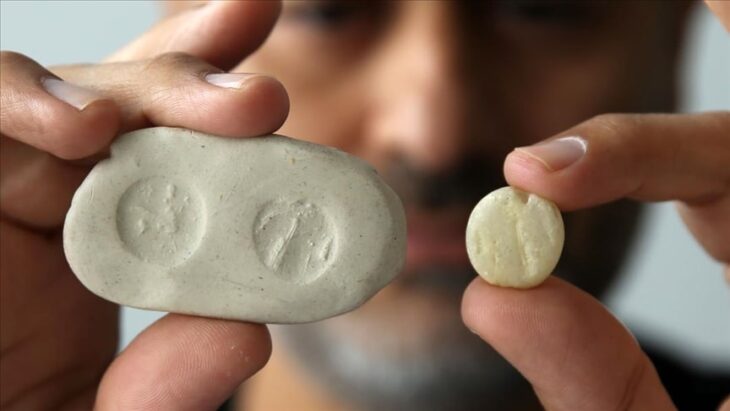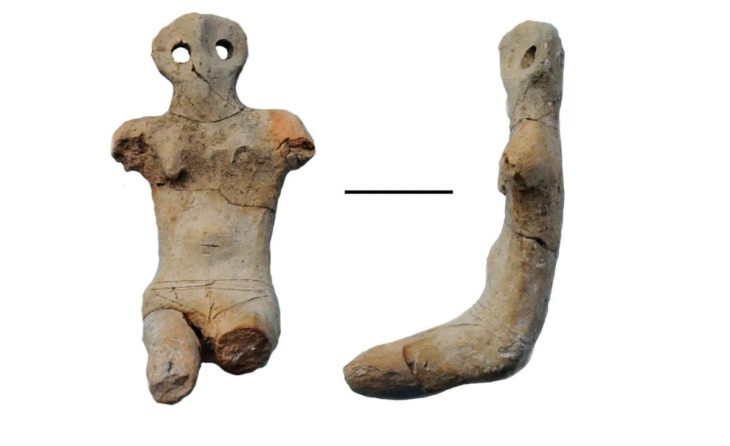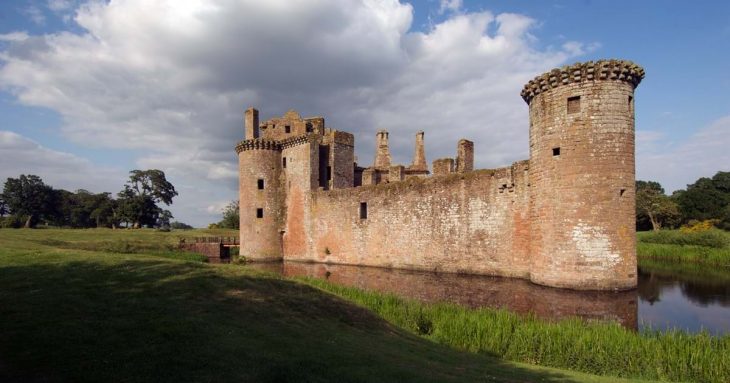Archaeologists have uncovered a hidden gateway leading to a 2,100-year-old temple built into a cliff face at the ancient city of Athribis, about 125 miles north of Luxor.
Recent archaeological findings suggest that the cliffs of Athribis may conceal a former sanctuary. Researchers have discovered a temple entrance that supports this theory. The structure known as the pylon features two towers flanking a central entrance.
The team also discovered a second door on the pylon, which leads to a hidden staircase that once featured at least four different flights. These flights led to an upper floor that has since been destroyed.
According to project leader Professor Christian Leitz and excavation manager Marcus Müller from the Institute for Ancient Near Eastern Civilizations (IANES) at the University of Tübingen, the entrance to a temple in the rock is suspected to be under the still untouched piles of rubble behind it.
Excavations in this area have been ongoing since 2012 with the aim of revealing an ancient temple district constructed between 144 B.C. and 138 C.E.
📣 Our WhatsApp channel is now LIVE! Stay up-to-date with the latest news and updates, just click here to follow us on WhatsApp and never miss a thing!!
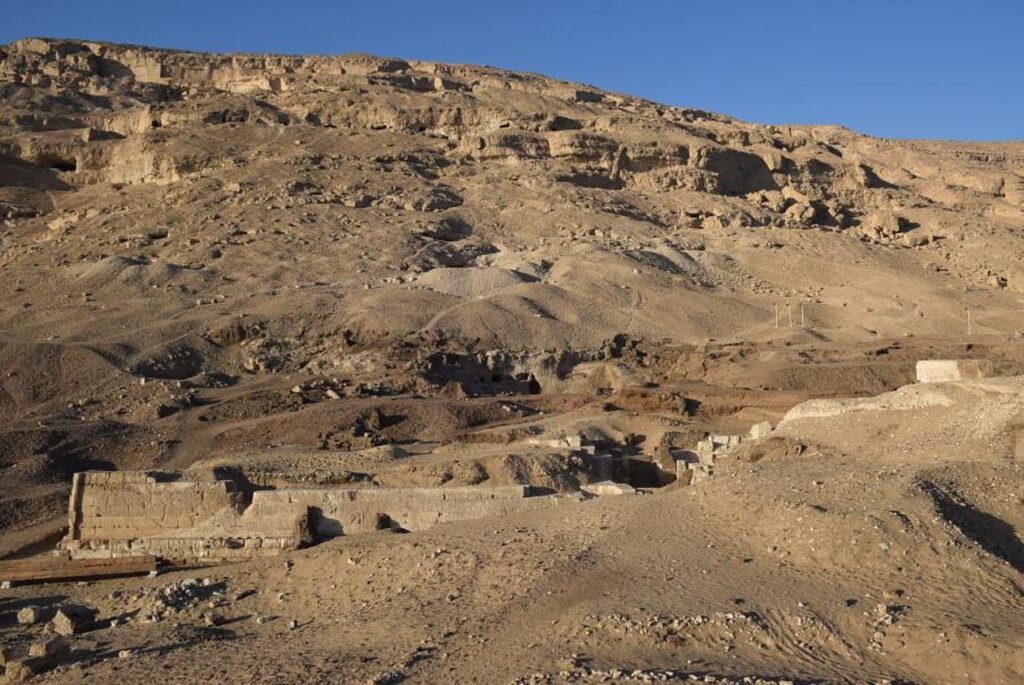
In the northern tower and at the entrance gate, where excavations have been conducted in recent months, the team discovered reliefs depicting a king presenting sacrifices to the lion-headed goddess Repit and her son Kolanthes. Recent hieroglyphic inscriptions reveal for the first time that King, Ptolemy VIII of the second century BCE, was in charge of the pylon’s construction and decoration.
The complex measured 51 meters in width in total, with the towers of the imposing temple entrance standing 18 meters tall each. There are now only about five meters left. The others were quarry victims. Thanks to a coin that was dropped, this removal of stone can be dated to 752 or soon after.
In the north tower of the pylon, the team unexpectedly came across a previously unknown chamber. They cleared away a ceiling block weighing around 20 tons using an air cushion, wooden scaffolding and rollers. They uncovered the chamber, which is around six meters long and almost three meters wide. It was a storage room for temple utensils and was later used to store amphorae.
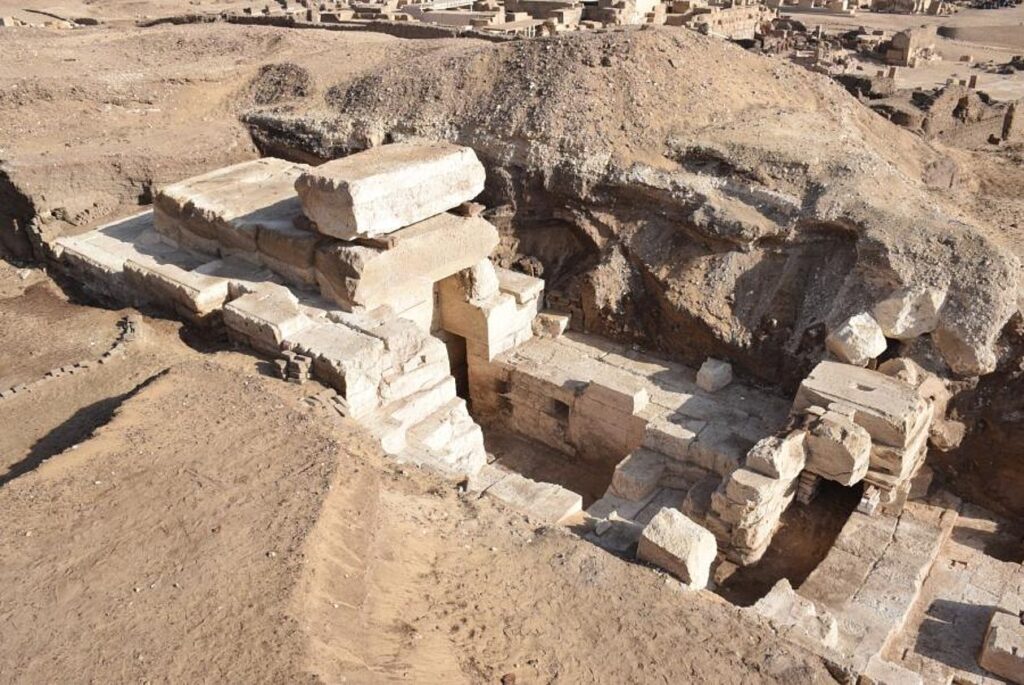
A corridor leads through the pylon to the chamber, so that it was also accessible from the outside. This entrance is also decorated with reliefs and hieroglyphs: Once again, the goddess Repit can be seen, while the door frame opposite shows the fertility god Min, who is accompanied by two very rarely depicted beings – decans (stars that enable time to be measured at night) with the heads of a falcon and an ibis respectively.
Unique in Egyptian temple architecture is a second door on the façade of the pylon, which leads to a previously unknown staircase that led in at least four flights to the upper floor, which has now been destroyed, and where further storage rooms can be reconstructed.
“Finely smoothed limestone blocks on a vertically cut rock façade could belong to a rock sanctuary,” says Christian Leitz. The more than four-meter-high find and decorations typical of the upper end of a temple – such as a cobra frieze – indicate that there could be a door behind it.
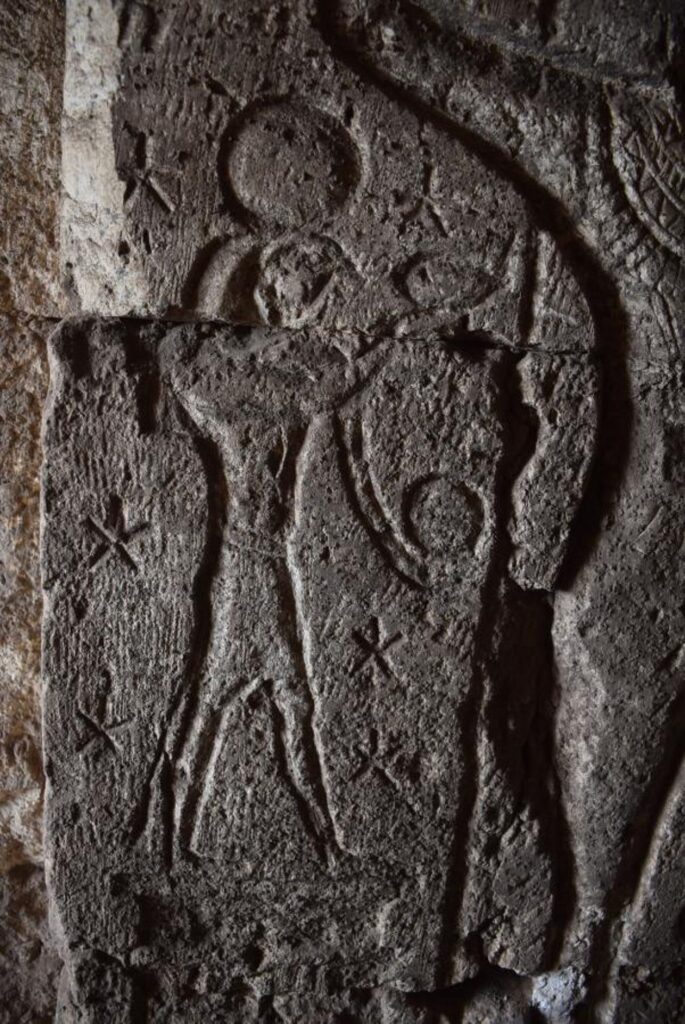
Further excavations will now focus on finding traces of the presumed temple behind the pylon. The German Research Foundation funds the excavation project on the pylon temple of Athribis.
Further information: The Athribis Project
Cover Image Credit: The north tower of the temple with the newly discovered chamber. Credit: Marcus Müller, Athribis Project

